Autopilot: Action - Send Slack Message
This action allows you to send contextual Slack messages to a particular Slack channel, based on the contact that flows into it.
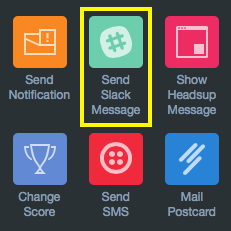
Some possible uses of this action are to notify your team when:
- a form is completed (use the Form Submitted trigger);
- a contact meets certain criteria (use the Smart Segment Trigger or Field Match trigger); or
- a contact interacts with an email (use the Email Activity trigger).
How to connect
Before you get started, you need to connect to Slack in Settings:

Click "Connect to Slack" and then follow the login steps on Slack's website:
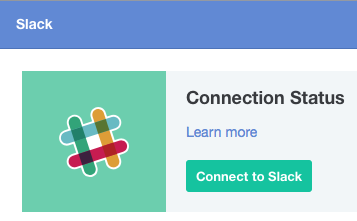
How to create a message
Now go back to the Journeys app, and drop the action. Click "New Message":

Name the message and choose the channel you would like it to send to:
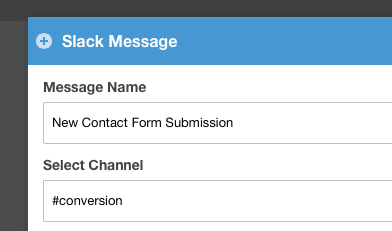
Next, populate the message.
You can use any contact variable in your message. This includes fallbacks in the usual format of --variable=fallback-- (for example, --Company=no company provided-- would output "no company provided" if the company field is empty for that contact).
If you don't feel like typing, you can use this button to insert contact variables:
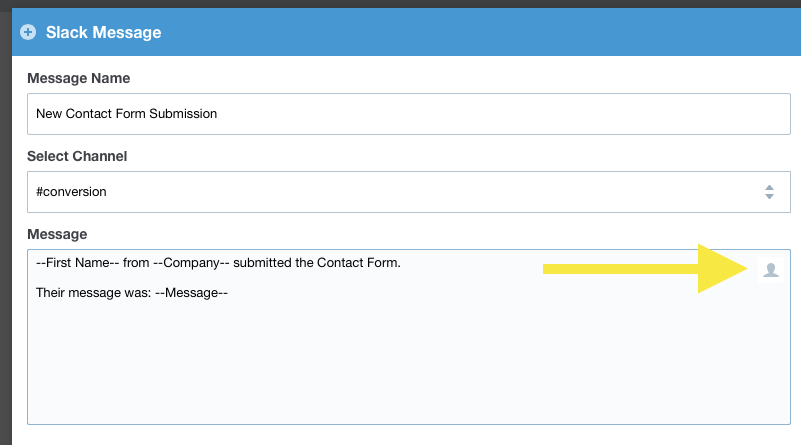
To make it possible to access the contact to which the message refers directly from the message, you can add a "Contact Link" variable by typing: --Contact Link--
This will insert a link into the message that will open the contact record in Autopilot. Don't forget toinvite your team membersto Autopilot so they can open these links.
If you use the following formatting, you can customize the link text. For example, the following will insert "Click to view in Autopilot" as the hyperlink text:
<--Contact Link--|Click to view in Autopilot>
Autopilot also fully supports:
- styling (e.g. below I've bolded using * on either side of "Their message was");
- emoji; and
- image links.
So let's put this all together. This:
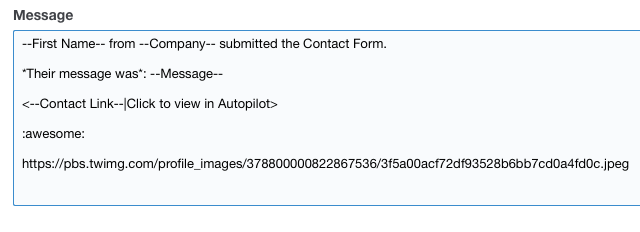
...will output the following in Slack:

When you have finished composing your message, click Publish:

Then publish your Journey to make it live:

Please note that in order to avoid duplicates, if the same contact enters the action in less than a minute, we'll only show the message once.
How to use mentions in your message
One way you can further take advantage of Slack messages to improve your internal workflow is to <@mention> people in your messages, or alert entire channels (with <@channel>) when something should be brought to their attention.
You can use the Slack username or userID value when mentioning a Slack user:
<@username><@userID>
For example, let's say you wanted to alert a particular sales person, Peter, every time a new Enterprise lead comes in (measured by the number of employees). You could put a condition that checks if employee size is greater than 1000, and then sends a message that includes a mention of <@peter>:
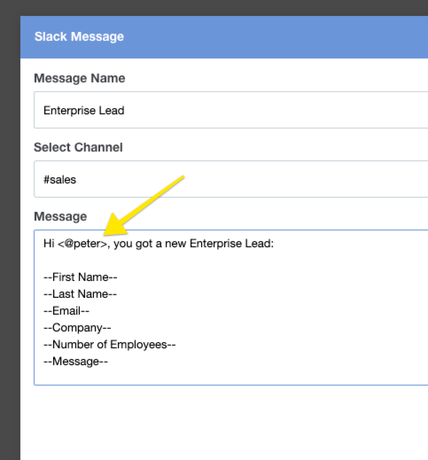
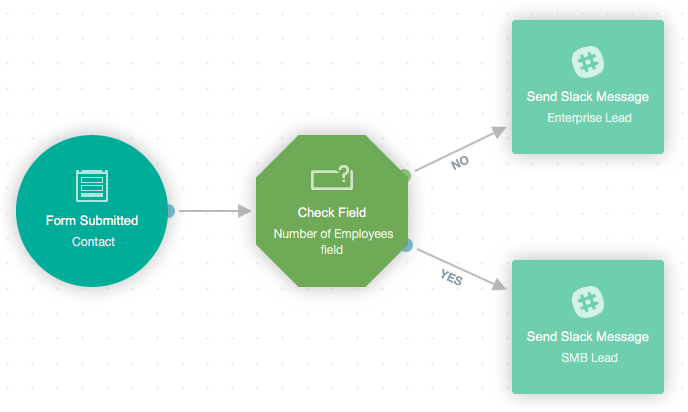
How to manage your messages
Note that when you manage your Slack messages, you'll do it through the Notifications manager. This is because Slack messages are another type of notification.

You can tell whether the notification is a Slack message, or an email notification, by looking in the "Type" column:

